0-8247-0462-2
Table of contents :
Handbook of Pharmaceutical Analysis……Page 1
Dedication……Page 10
Preface……Page 11
Contributors……Page 16
Contents……Page 14
Contents……Page 0
I. INTRODUCTION……Page 18
II. ANALYTICAL TECHNIQUES……Page 21
A. X-Ray Diffraction……Page 22
B. Thermal Methods……Page 26
C. Vibrational Spectroscopy……Page 27
F. Summary……Page 28
A. Factors Guiding Salt Selection……Page 29
B. Counterions……Page 34
3. Other Reported Methods……Page 37
D. Systematic Approach to Salt Selection……Page 39
E. Property Modification Using Salts……Page 42
A. Solid Forms……Page 46
B. Polymorph Screening……Page 55
C. Property Evaluation……Page 65
REFERENCES……Page 71
I. INTRODUCTION……Page 75
A. Range……Page 76
B. Selectivity……Page 77
E. Compatibility with the Instrumental Method……Page 78
F. Pharmaceutical Solids……Page 80
H. Biological Samples……Page 81
A. Physicochemical Interactions……Page 82
C. Phase Equilibrium……Page 84
IV. VALIDATION……Page 86
B. Liquid – Liquid Extraction……Page 87
C. Solid-Phase Extraction……Page 89
D. Column-Switching Techniques……Page 90
E. Solid-Phase Microextraction……Page 91
I. Other Methods to Study Protein Binding……Page 92
K. Direct-Injection Techniques for Plasma Samples……Page 93
L. Derivatization Techniques……Page 94
N. Sample Preparation for Capillary Electrophoresis……Page 95
1. External Standard Calibration……Page 96
2. Internal Standard Calibration……Page 98
VI. FUTURE TRENDS……Page 99
REFERENCES……Page 100
I. INTRODUCTION……Page 103
II. FUNDAMENTALS OF CHROMATOGRAPHY……Page 104
A. Thermodynamic Considerations……Page 105
B. Kinetic Considerations……Page 107
1. Resistance to Mass Transfer……Page 110
2. Eddy Diffusion……Page 111
C. Resolution……Page 112
D. Time Considerations……Page 116
E. Peak Capacity……Page 119
A. Pumps……Page 120
B. Sample Introduction……Page 123
C. Column Hardware……Page 125
D. Detectors……Page 131
1. Figures of Merit……Page 132
2. Ultraviolet-Visible Absorbance Detectors……Page 135
3. Refractive Index Detectors……Page 136
4. Fluorescence Detectors……Page 138
5. Electrochemical Detectors……Page 139
7. Postcolumn Reaction Detection……Page 141
IV. SEPARATION MODES……Page 142
A. Adsorption Chromatography……Page 143
B. Ion-Exchange Chromatography……Page 144
C. Size-Exclusion Chromatography……Page 146
D. Bonded-Phase Chromatography……Page 147
1. Normal-Phase Chromatography……Page 150
2. Reversed-Phase Chromatography……Page 154
E. Secondary Equilibria……Page 156
F. Gradient Elution……Page 158
G. Physicochemical Measurements……Page 160
REFERENCES……Page 162
I. INTRODUCTION……Page 166
II. INTRODUCTION TO IONIZATION TECHNIQUES……Page 168
III. ATMOSPHERIC-PRESSURE IONIZATION (API) TECHNIQUES……Page 169
IV. COLLISION-INDUCED DISSOCIATION (CID)……Page 171
V. ATMOSPHERIC-PRESSURE CHEMICAL IONIZATION (APCI)……Page 173
B. Capillary Electrophoresis Mass Spectrometry (CE/ MS)……Page 175
A. Electrospray Ionization and Sector Instruments……Page 176
D. Electrospray Ionization and Time-of-Flight Mass Spectrometry (TOF/ MS)……Page 177
A. In-Vitro Studies……Page 178
B. In-Vivo Studies in Animal Models……Page 180
C. In-Vivo Studies in Humans……Page 183
IX. SUMMARY……Page 185
REFERENCES……Page 186
I. INTRODUCTION……Page 201
II. MOLECULAR ELECTRONIC STRUCTURE……Page 202
A. The Interaction of Light with Molecular Electronic Structure……Page 207
B. Electronic Absorption Spectra……Page 208
C. The Spectral Positions of Electronic Absorption Bands……Page 209
D. Intensities of Spectral Bands……Page 216
E. The Shape and Structure of Absorption Bands……Page 219
F. The Influence of the Solvent on the Absorption Spectrum……Page 221
G. The Influence of Coordination by Metal Ions……Page 223
A. Light Sources……Page 224
B. Wavelength Selection Devices……Page 225
C. Sample Cells……Page 227
3. Photodiode Array Detectors……Page 228
F. Instrument Configuration……Page 229
B. Quantitative Analysis……Page 231
1. Monocomponent Analysis……Page 232
2. Multicomponent Analysis……Page 233
3. Errors in Spectrophotometric Measurements……Page 236
BIBLIOGRAPHY……Page 238
I. INTRODUCTION……Page 239
A. The Antibody-Antigen Reaction……Page 240
B. Limited-Reagent Assay……Page 241
D. Precision and Sensitivity……Page 242
F. Specificity……Page 244
A. Conjugate Preparation……Page 246
1. Radioisotopic……Page 249
2. Nonisotopic Labels……Page 251
2. Monoclonal Antibodies……Page 254
3. Fab Fragments and Chimeric Antibodies……Page 255
D. Antibody Characterization……Page 256
2. Protein Immobilization on Solid Phase……Page 257
3. Disequilibrium Assays……Page 261
1. Matrix Effect……Page 262
2. Sample Clean-up……Page 263
4. Exploiting Nonspeci.c Antibodies……Page 264
A. Application to Pharmacokinetic and Pharmacodynamic Measurements……Page 265
B. Adhering to Industry Guidelines During Kit Use……Page 266
A. Data Reduction……Page 267
2. Interlaboratory and Commercial QC Samples……Page 272
1. Homogeneous Assays……Page 273
B. Continuous Random Access……Page 274
A. Receptors, Binding Proteins, and Nucleic Acids……Page 275
2. Immunoaf.nity Columns Coupled to CE or MS……Page 276
A. New Labels……Page 277
C. Simultaneous Multianalyte IAs……Page 291
REFERENCES……Page 292
I. INTRODUCTION……Page 327
II. ENANTIOMERIC SEPARATIONS……Page 335
A. Cyclodextrins……Page 336
B. Glycopeptide Antibiotics……Page 341
III. SMALL-MOLECULE SEPARATIONS……Page 343
IV. CAPILLARY ION ANALYSIS……Page 349
V. CAPILLARY ELECTROCHROMATOGRAPHY……Page 350
VI. BIOMOLECULES……Page 353
VII. CONCENTRATION SENSITIVITY ENHANCEMENT IN CAPILLARY ELECTROPHORESIS……Page 362
VIII. CAPILLARY ARRAY ELECTROPHORESIS……Page 367
IX. MICROCHIP CAPILLARY ELECTROPHORESIS……Page 369
X. FUTURE OF CAPILLARY ELECTROPHORESIS IN THE PHARMACEUTICAL INDUSTRY……Page 371
REFERENCES……Page 374
I. INTRODUCTION……Page 401
II. THEORY……Page 403
1. The Hydrogen Atom……Page 404
2. Many-Electron Atoms……Page 405
3. Orbitals, States, and the Complexities of Atomic Electronic Structure……Page 408
1. Types of Atomic Transitions……Page 411
3. Intensities of Spectral Lines……Page 413
III. EXPERIMENTAL……Page 418
A. Arc/ Spark Emission Spectroscopy……Page 420
B. Inductively Coupled Plasma Emission Spectroscopy……Page 422
C. Flame Emission Spectroscopy……Page 427
D. Atomic Absorption Spectroscopy……Page 429
E. Atomic Fluorescence Spectroscopy……Page 432
IV. APPLICATIONS……Page 433
REFERENCES……Page 437
I. INTRODUCTION……Page 441
A. Postabsorption Disposition of Excitation Energy……Page 442
1. Chemical Structure and Luminescence Intensity……Page 447
1. Solvent Effects……Page 449
2. The Influence of pH……Page 451
3. The Influence of High Solute Concentrations……Page 452
III. INSTRUMENTATION……Page 455
A. Light Sources……Page 456
B. Wavelength Selection Devices……Page 457
C. Sample Compartment……Page 458
D. Photodetectors……Page 459
F. Time-Resolved Fluorimetry……Page 460
G. Fiber-Optic Fluorescence Spectroscopy……Page 461
A. Quantitation and Sensitivity……Page 462
2. Luminescent lmpurities……Page 468
C. Fluorescence Immunoassay……Page 469
V. CHEMILUMINESCENCE……Page 471
A. Reaction Mechanism……Page 474
B. Application of Luminol Chemiluminescence to Analysis in Solution……Page 475
C. Instrumentation……Page 477
D. Chemiluminescent Immunoassays……Page 479
BIBLIOGRAPHY……Page 480
I. INTRODUCTION……Page 481
A. Zeeman Interaction……Page 482
B. Dipole-Dipole Interaction……Page 484
C. Chemical Shift Interaction……Page 486
E. Dipolar Decoupling……Page 488
F. Magic-Angle Spinning……Page 489
G. Cross-Polarization……Page 491
H. Relaxation……Page 493
III. EXPERIMENTAL ASPECTS……Page 495
IV. PHARMACEUTICAL APPLICATIONS……Page 498
A. Polymorphism……Page 499
B. Drug Substance Qualitative Analysis……Page 501
D. Drug Product Analysis……Page 503
F. Chirality……Page 504
G. Future Direction……Page 505
V. SUMMARY……Page 506
REFERENCES……Page 507
I. INTRODUCTION……Page 514
II. VIBRATIONAL SPECTROSCOPY THEORY……Page 515
1. Mid-Infrared……Page 516
2. Near-Infrared……Page 520
B. Raman……Page 521
A. Infrared Spectroscopy……Page 522
1. Sampling Techniques……Page 523
1. Sampling Techniques……Page 528
B. Identity Testing……Page 530
C. Polymorphism……Page 532
D. Particulate Analysis/ Contaminant Identi.cation……Page 536
E. Biopharmaceutical……Page 538
F. Other Application Areas……Page 539
REFERENCES……Page 544
I. INTRODUCTION……Page 549
A. Blend Uniformity……Page 551
B. Particle Size Distribution……Page 553
C. Unit Dose Sampling……Page 561
III. COMPRESSED TABLETS……Page 565
A. Control Charts……Page 566
B. Process Capability……Page 568
C. Setting Specifications……Page 570
IV. PROCESS SIMULATION……Page 574
REFERENCES……Page 580
FURTHER READING……Page 581
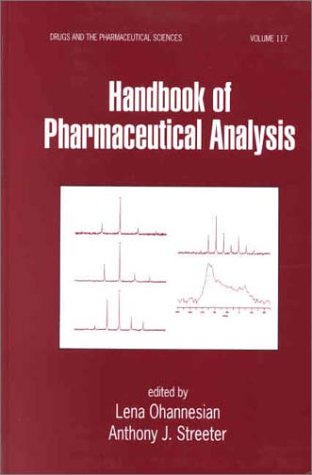

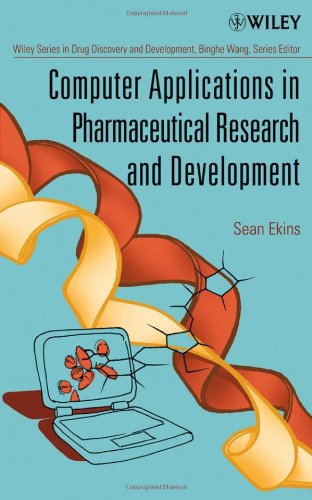
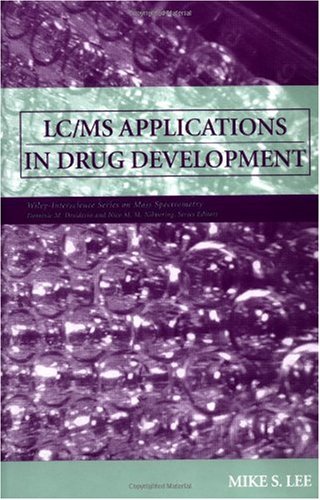
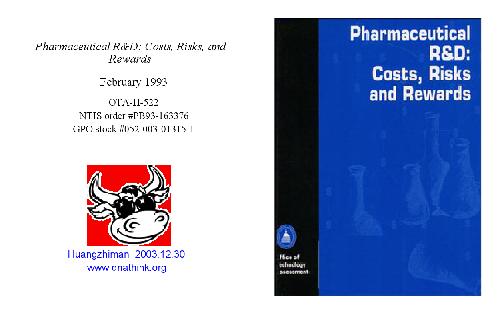
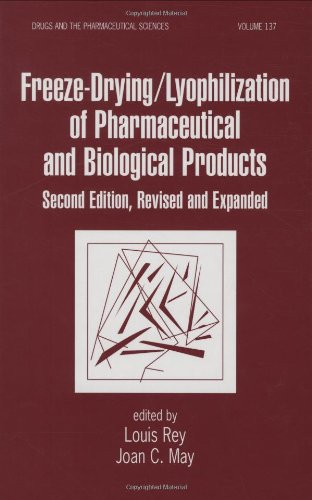
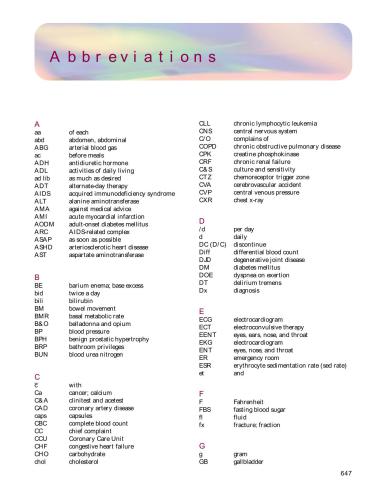
Reviews
There are no reviews yet.